
In the opening segment of our “Loose As A Goose” series, we looked at the math, which shows how much torque you could be dealing with at the starting line. And in some cars (actually, most race cars), it’s truly massive. We also looked at something else that’s critical — Engine Torque Reaction which is the culprit for rolling the car out of shape on the launch.
But that’s not all that is happening when you (a) side step the clutch (b) foot brake it and (c) slide your finger off the transbrake button. There are other forces at play here too. Some might surprise you.
Inertia and Torque
Inertia is a big player in the launch game. Inertia is the resistance of any physical object to any change in its state of motion. Tough to grasp for our situation? Consider a drag car equipped with a manual gearbox: The crankshaft, flywheel and clutch can be spinning in excess of 6,000 RPM prior to launch (in some cases, well in excess of 6,000 RPM). Combined these pieces can weigh more than 150 pounds and they can store a big chunk of inertial energy. When the driver sidesteps the clutch, this stored energy is added to that of the engine to accelerate the car and create chassis roll.
Obviously, if the spinning mass energy of the crankshaft-flywheel-clutch assembly is delivered too quickly to the drive train, the resulting torque can (and often will) break the tires loose. The result is [obviously] a poor ET. Or worse. That’s why Pro Stock and Comp and other class racers regularly setup the clutch to slip for several hundredths of a second off the starting line. This allows the inertial energy to be fed more gradually. What about automatics? The torque converter is a fluid coupling device that basically multiplies torque at the launch (refer to the simple calculations we did in the beginning of this series). In a nutshell, a foot brake automatic can have more starting line torque (at least for a wee bit of time while it’s still “on” the converter) than a Pro Stock car. An automatic car leaving off the transbrake can have both high initial torque and some of the inertia hit of a stick shift car.
So now you’re fighting a couple of issues. In the photos that follow, we’ll continue to examine the solution – a drag race ARB. And in the next segment, we’ll take a close look at one more piece of the puzzle – rear end torque rotation. It’s getting interesting!
Part I: Go Here
Sources – Loose As A Goose
TRZ Motorsports
2450 Smith St
Kissimmee, FL 34744
PH: 407-933-7385
Jerry Bickel Race Cars
141 Raceway Park Drive
Moscow Mills, MO 63362
PH: 636-356-4727


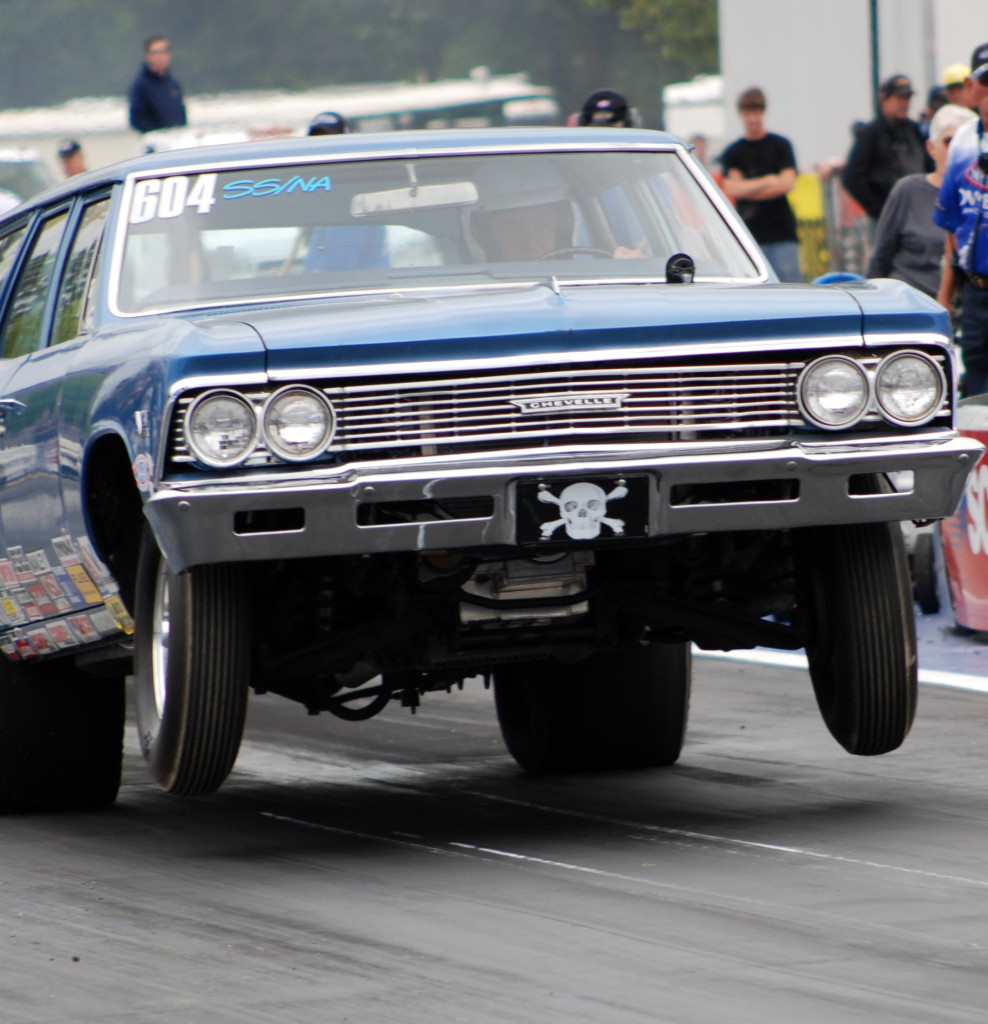
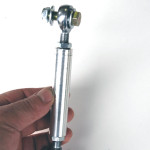
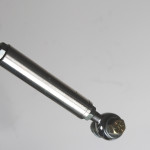
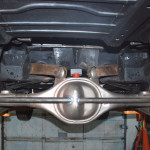
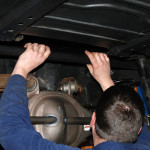
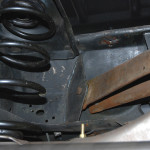
Leave a Reply